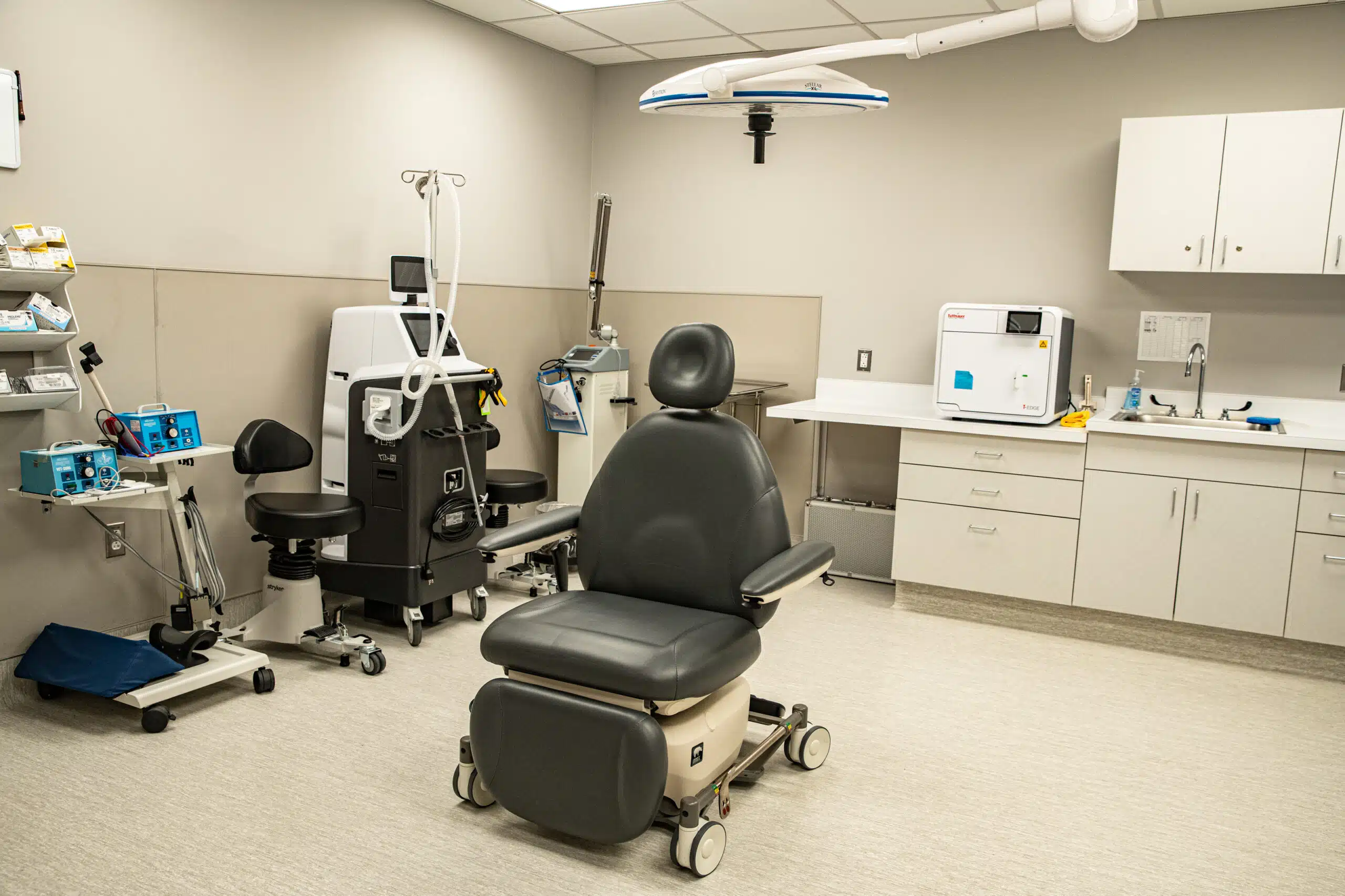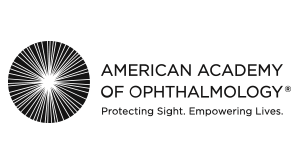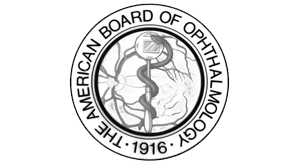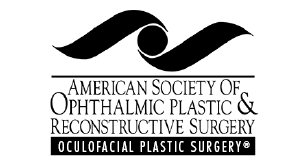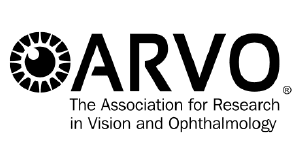Facial Palsy


Weakness of the facial nerve (cranial nerve 7) can be associated with Bell’s palsy, a viral infection, genetic predisposition, or traumatic injuries to the facial nerve, e.g., excision of acoustic neuroma. Facial palsy can cause severe vision and eye-threatening complications secondary to corneal exposure. When the eyelids cannot protect the cornea, the cornea dries out and can become irritated, scarred, infected, and even perforated.
Facial nerve palsy can also result in facial asymmetry, with one side of the face appearing droopy or paralyzed. This can affect not only the physical appearance but also one’s ability to express emotions and perform functions like blinking, smiling, speech, or eating.
Sometimes, the palsy is temporary, and other times will require surgical intervention to protect the cornea and restore eyelid function.
Other treatments for associated complications of the palsy, such as ticks and spasms, may include chemodenervation with Botox. Each patient’s needs are very unique and require an individualized approach to treatment.
Platinum eyelid weight placement is a surgical procedure used primarily to treat a condition called lagophthalmos, where the eyelids are unable to close completely as a result of facial nerve palsy. This incomplete closure can cause eye dryness, irritation, and potentially lead to more severe eye problems, such as infection or permanent vision loss.
Eyelid weight placement is an outpatient medical procedure, meaning you will go home the same day. In this surgical technique, a small weight made of platinum, which is biocompatible, is surgically implanted into the upper eyelid. The weight helps the eyelid to close more completely by using gravity. The platinum weight is generally not noticeable and does not significantly affect the appearance of the eyelid.
Most patients experience a significant improvement in their ability to close the eye. In addition, most patients adapt quickly to the presence of the weight and experience significant improvement in their ability to close the eyelid, which helps in protecting and maintaining the health of the eye.
A facelift or cheeklift for facial nerve palsy is a specialized surgical procedure aimed at improving the appearance and function of the face in individuals affected by facial nerve palsy. This condition results in the loss of voluntary muscle movement in the face, leading to asymmetry, with one side of the face appearing droopy or paralyzed. This can affect not only the physical appearance but also the ability to express emotions and perform functions like blinking or smiling.
Surgery in this context is not just about cosmetic enhancement; it is focused on restoring balance and symmetry to the face to improve both the aesthetic look and the functional aspects of the face, such as helping with speech and eating, as well as protecting the eye by improving eyelid closure.
The process of performing a facelift or cheek lift for facial nerve palsy is tailored to each patient’s specific needs. A cheek lift and eyelid ligament tightening is a type of surgical procedure used to treat patients who have sagging of the cheek and lower eyelids. This surgical procedure involves lifting the sagging cheek to a more natural position, helping to improve facial symmetry and function. Eyelid ligament tightening, also known as canthoplasty, is a surgical procedure that involves tightening the tendons and ligaments around the eyelid to help improve eyelid closure and protect the eye.
This is an outpatient medical procedure, meaning you will go home the same day.
The goal of this type of surgery is to achieve a more balanced and natural appearance, reducing the visible effects of facial nerve palsy.
A tarsorrhaphy is a surgical procedure primarily to treat a condition called lagophthalmos, where the eyelids are unable to completely close as a result of facial nerve palsy. With this procedure, the upper and lower eyelids are sewn together to help protect the eye’s surface.
There are two main types of tarsorrhaphy procedures: partial and complete tarsorrhaphy. In a partial tarsorrhaphy, only a segment of the eyelids are stitched together, leaving a portion of the eye open. This allows for you to use the vision in that eye while still protecting the eye and helping with lubrication. On the other hand, a complete tarsorrhaphy involves stitching the entire length of the eyelids together, which completely closes the eye. This is usually reserved for more severe conditions where maximal protection of the eye is necessary. Both of these are outpatient medical procedures, meaning you will go home the same day of surgery.
A tarsorrhaphy procedure can be temporary or permanent, depending on the underlying condition of the eye and cornea. A temporary tarsorrhaphy can be reversed once the eye has healed or the underlying condition has improved. This is often patient-dependent and based on how well the ocular surface is healing.
Facial spasms are involuntary contractions or movements of the facial muscles. These spasms can vary from mild twitching, which can go unnoticed, to more severe and continuous contractions that can be uncomfortable and affect your daily life.
Facial spasms can occur during the healing or regeneration phase of facial palsy or cranial nerve 7 palsy. For some people, these spasms are just a minor annoyance, but for others, they can be quite debilitating, causing pain, and affecting vision, facial expression, and overall quality of life.
Chemodenervation with botulinum toxin (Botox) is a well-established and effective form of treatment for facial spasms. This is a procedure that is relatively quick and can be performed in the office setting. In this procedure, botulinum toxin (Botox) is injected into the affected muscles, where it temporarily blocks the nerve signal that causes the muscle contractions. This results in a reduction or complete cessation of spasms, providing relief from symptoms.
Typically, it takes several days to a week for the full effect of the botulinum toxin (Botox) to be noticed, and the results last for several months before it wears off. The treatment will typically need to be repeated periodically as the medication wears off. Based upon your results and symptoms, the botulinum toxin (Botox) therapy can be individualized and customized to fit your needs.
